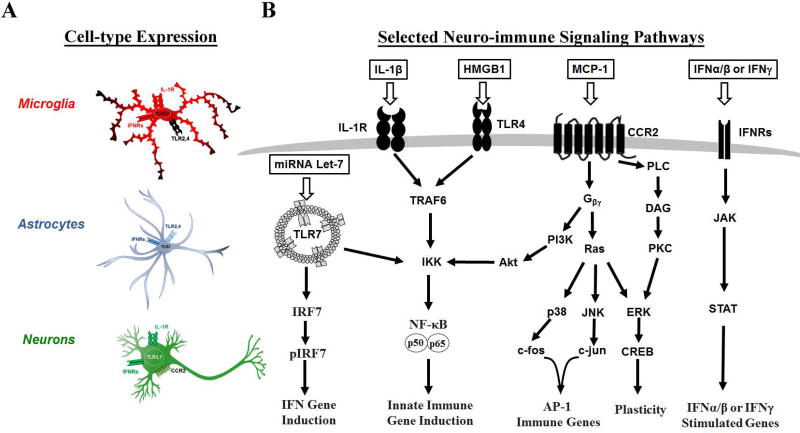Figure 1. Selected Toll-like Receptors (TLRs), cytokine (IL-1β) and chemokine (MCP-1) signaling pathways in brain cells relevant to Alcoholism.
Selected immune signaling pathways that are involved in alcohol use pathologies are illustrated. (A) The three primary neuroimmune cell types-microglia, astrocytes, and neurons-are illustrated with selected immune receptors that are relevant to alcohol use disorders. Several TLRs are implicated in microglial and astrocyte activation including TLRs2–4 and 7. Microglia also contain the IL-1β receptor (IL-1R) and interferon (IFN) receptors. Astrocytes contain TLRs2–4 as well as IFN receptors. Neurons have TLR3 and 7 responses in the context of alcohol use disorders, as well as the MCP-1 receptor (CCR2) and IFN receptors. (B) Simplified versions of the signaling cascades for immune receptors that are relevant to alcoholism are shown. The TLR7 pathway, has been shown to be involved in alcoholic hippocampal neurodegeneration, and can lead to IFN gene induction via IRF7 as well as NFκB mediated immune gene induction. Both the IL-1R and surface TLRs such as TLR4 share the same downstream signaling pathway leading to NFκB mediated immune gene induction. The chemokine MCP-1 regulates ethanol self-administration and is a G-protein coupled receptor that can result in AP-1 mediated immune gene induction, NFκB activation, or neuronal plasticity via CREB signaling. The interferon receptors (IFN) are on all three cell types and are associated with depressive phenotypes. These activate the JAK/STAT signaling pathway to result in interferon response gene expression. See References: [64, 75, 77, 159, 163, 165, 214–216]

